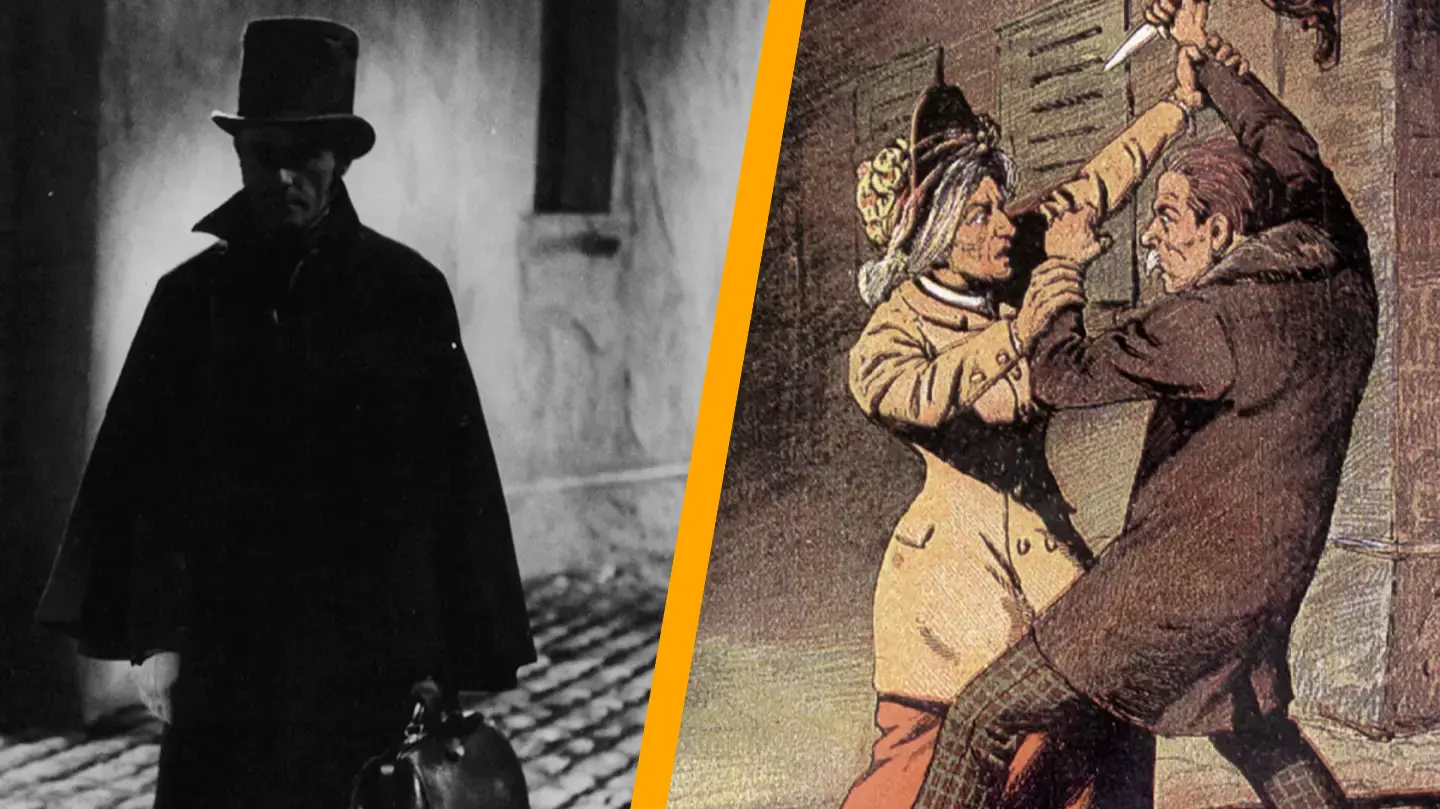The mystery surrounding the identity of ‘Jack the Ripper’, one of history’s most notorious serial killers, may have been unraveled by a man deeply immersed in the study of the case.
Over 145 years ago, this elusive figure haunted the streets of London, England, and is confirmed to have killed at least five women in a brutal fashion.
The victims, often referred to as the ‘Canonical Five’, include Elizabeth Stride, Mary Jane Kelly, Mary Ann Nichols, Annie Chapman, and Catherine Eddowes.
Despite the passage of time, the true identity of Jack the Ripper has remained elusive—until a possible breakthrough surfaced recently.
The case has baffled investigators for more than a century, remaining unsolved to this day (Getty stock)

Over the past 146 years, numerous ‘Ripperologists’ have proposed various candidates for the infamous killer’s identity.
To date, 16 different men have been suggested as possible culprits, ranging from ordinary individuals to members of royalty.
Theories about these suspects often involve personal ties to the victims or the discovery of diaries and other artifacts, according to The Jack the Ripper Tour.
Most of what is known about Jack the Ripper comes from the heinous acts he committed against his five confirmed victims. In a significant turn of events, author Russell Edwards acquired a piece of evidence related to one of these cases at an auction.

In 2007, Edwards purchased a shawl believed to belong to Catherine Eddowes and subjected it to DNA analysis, which revealed traces of blood and semen.
The blood was linked to one of Eddowes’ descendants, while the semen was traced to a distant relative of a man Edwards identified as Aaron Kosminski, a known Ripper suspect, according to the Mirror.
Edwards presented his findings in his book, “Naming Jack the Ripper: The Definitive Reveal”, a follow-up to his earlier work, “Naming Jack the Ripper”.
“He is no longer just a suspect. We can hold him, finally, to account for his terrible deeds,” Edwards declared.
“My search is over: Aaron Kosminski is Jack the Ripper.”

In his narrative, Edwards maintains that authorities suspected Kosminski of harboring ‘a great hatred of women, especially of the prostitute class, and had strong homicidal tendencies’.
Kosminski, a Polish barber, immigrated to England in the 1880s but was admitted to an asylum in March 1889. He passed away 30 years later at the age of 53.
However, Edwards’ assertions have been contested by experts over the years.
Given the century that has elapsed since the murders and the various ownerships of the shawl, Ripper expert Andrew Smith noted in 2014 that solving the case necessitates forensic evidence, which is currently absent.
Smith also commented on the ‘highly unlikely’ chance that any DNA on the shawl remained uncontaminated over time.
The Independent reported that the scientist who conducted the DNA analysis might have made an ‘error of nomenclature’, suggesting that the DNA could belong to anyone.
Perhaps it’s best to approach this revelation with caution.

